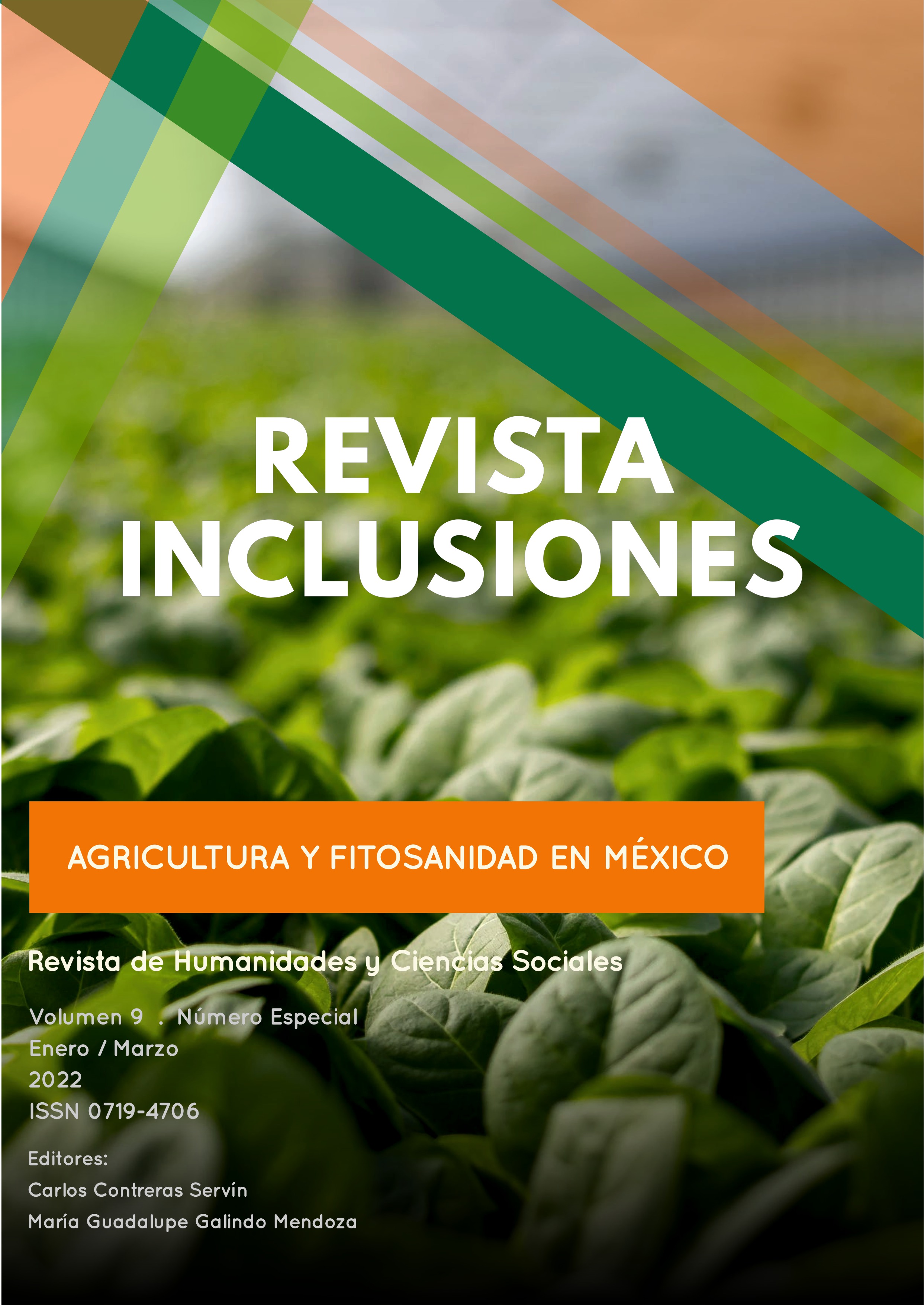CAUSES AND CONSEQUENCES OF PHYTOSANITARY PROBLEMS IN THE GROWING OF COFFEE IN SAN LUIS POTOSÍ, MEXICO
Abstract
Coffee is one of the most important crops in Mexico. Its main entomological problem is
Hypothenemushampei (Ferriari) also known as Coffee Berry Borer. Its first registration in the Huastecapotosina, considered the boreal limit of the country's coffee-growing region, was registered in 1998. During this period, state and municipal entities and the communities themselves implemented actions to combat the pest. However, the pest had an exponential growth, registering in the year 2000, 420 ha affected, with infestations of 2.4%; and in 2005, 1536 were affected, with
infestations of 8.6%. This increase in infested areas is due to environmental, economic, political and social factors. Under this context, this analysis focuses on finding the causes and consequences of this phytosanitary problem in the coffee growing region of San Luis Potosí, as well as demonstrating that there are geographic methodologies for the better management and control of this pest.
Published
Versions
- 30-11-2022 (2)
- 25-01-2022 (1)
How to Cite
Issue
Section
Los autores retienen los derechos de autor y otorgan a Revista Inclusiones el derecho de publicación bajo Creative Commons Attribution 4.0 International (CC BY 4.0). Esto permite el uso, distribución y reproducción en cualquier medio, siempre que se otorgue la debida atribución al autor.











